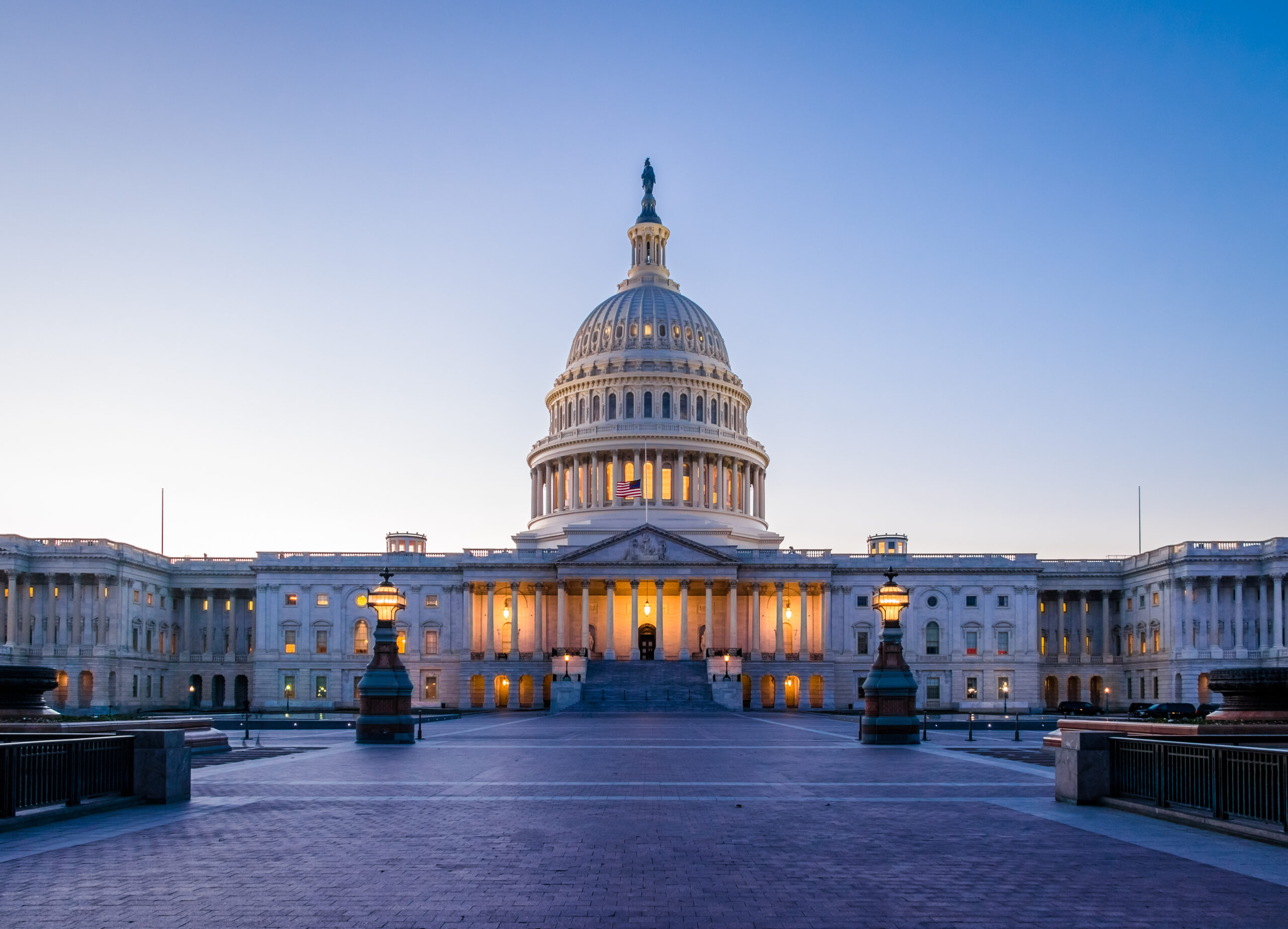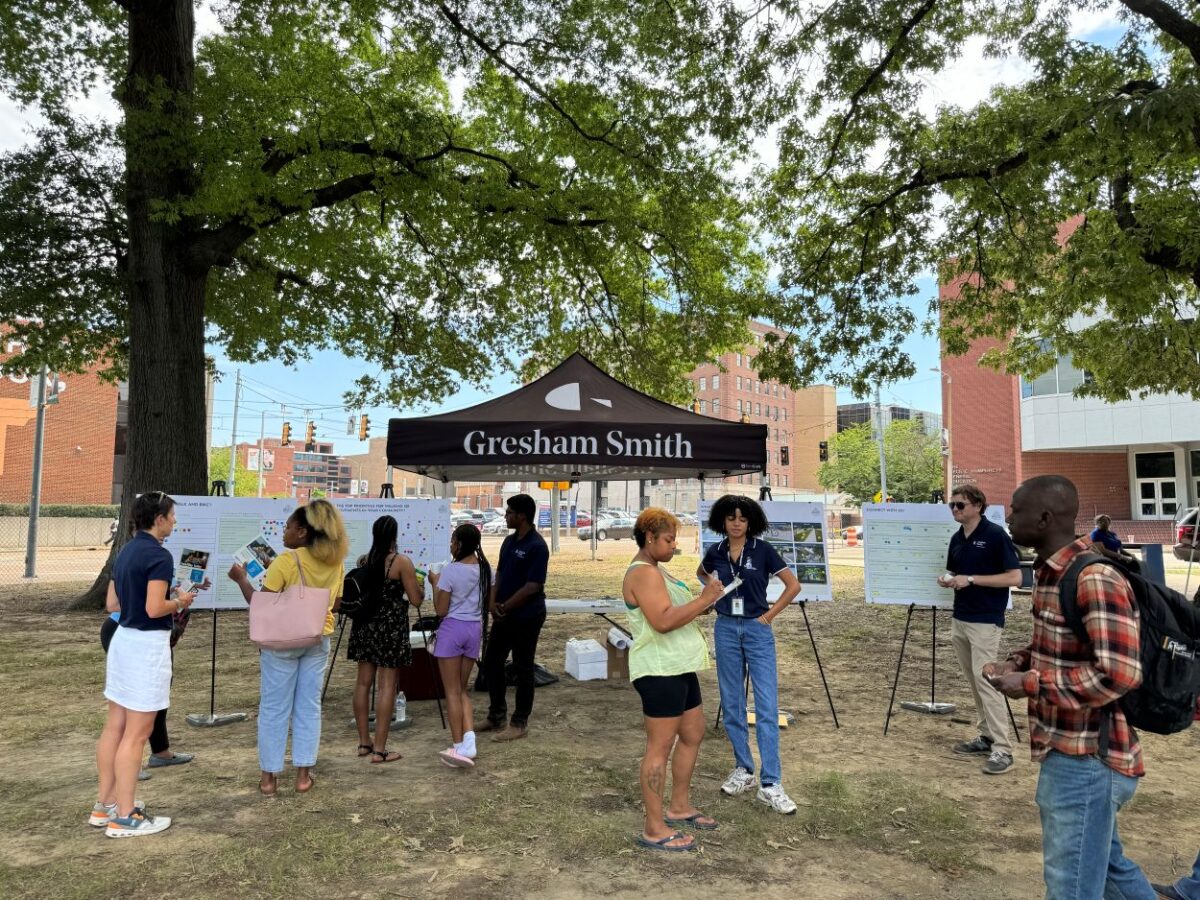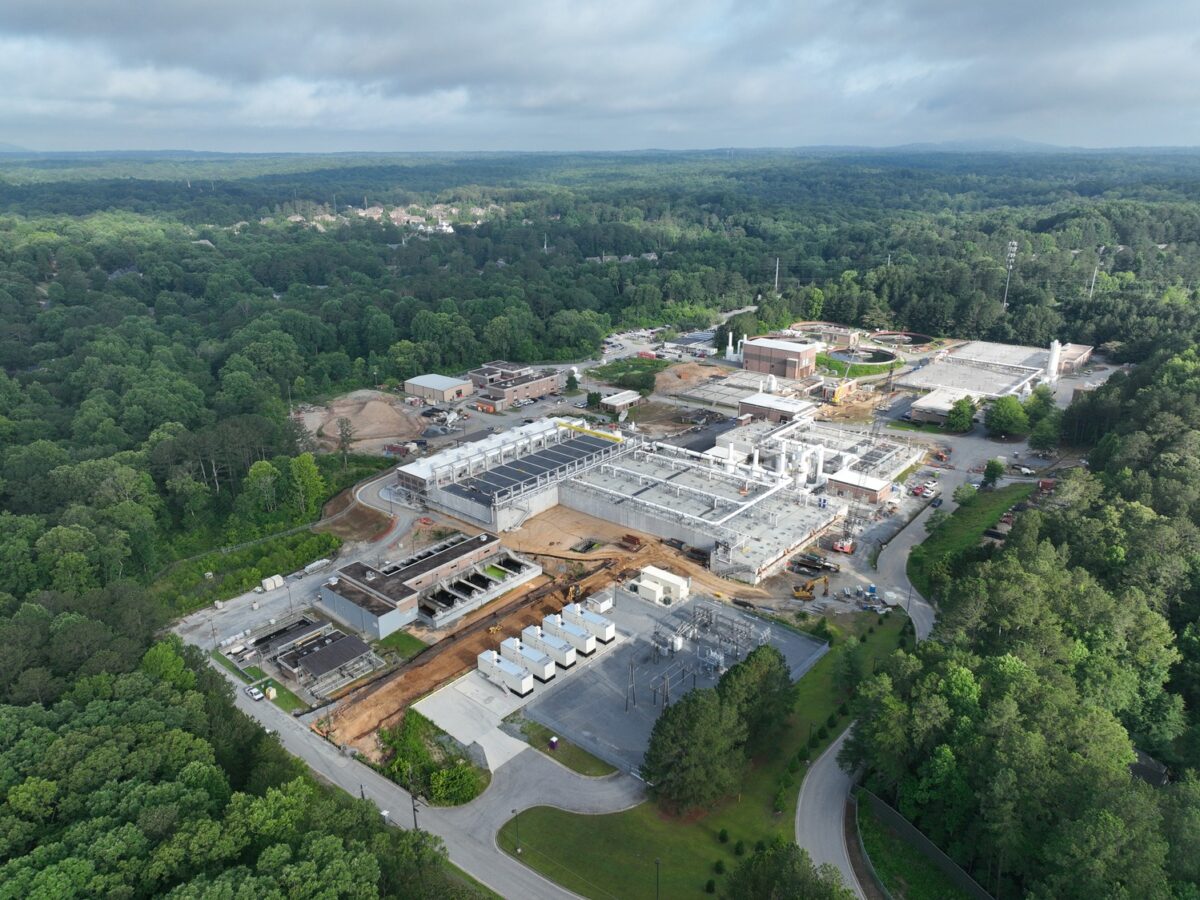Looking beyond the current Federal government furlough, another critical decision is on the horizon. After six years of the Infrastructure Investment and Jobs Act (IIJA), we are entering the renewal of infrastructure programs. While some may consider Federal transportation reauthorization a purely Federal policy and legislative activity, the process identifies national funding and policy priorities and infrastructure investments for the next four to six years that are important for all transportation stakeholders.
Federal reauthorization focuses on surface transportation activities such as funding and managing roadways, bridges, safety, transit and freight, all of which are critical to the country’s economic success. Decisions made during the reauthorization process influence not only the distribution of Federal funds but also the direction States and communities take to tackle major challenges.
The surface transportation reauthorization process is managed by the US Department of Transportation (USDOT) on behalf of several other agencies. The current authorization bill expires on September 30, 2026, and the USDOT has already started the update process.
In July, the USDOT issued a nationwide call for feedback, seeking comments from a wide variety of sources, including State, Local and Tribal governments, and everyone, including individuals, are encouraged to provide their input. This input is not only for new priorities, but also to identify policies and programs that are working well, and to understand what needs to be improved. This latest process will focus on modernizing infrastructure by improving safety, streamlining Federal processes, promoting economic growth, and strengthening partnerships. Typically, all submitted comments will be made publicly available.

The Trump Administration’s Priorities
As part of the process, the White House typically provides broad administration priorities, while the USDOT takes the lead in gathering data, providing analyses, and delivering technical support. For instance, the Trump administration has already identified specific areas for emphasis, including streamlining Federal processes, increasing private sector investment, and prioritizing Federal interests. The USDOT further interprets these areas and specifically mentions its major policy themes as:
- Enhancing transportation safety
- Accelerating project delivery for transportation projects
- Increasing investment in transportation infrastructure
- Strengthening partnerships with States and other key stakeholders
Stakeholders such as state departments of transportation, metropolitan planning organizations, city and county governments, transit agencies, industry and advocacy groups also lobby their elected officials to ensure their interests and needs are taken into consideration in the new legislation. The process requires balancing between rural and urban; economic growth and the environment; traditional funding methods and private sector investment as well as many other considerations. It’s important that the reauthorization process be both top-down as well as bottom-up to include as many perspectives as possible. The White House may draft its own proposed reauthorization language, but it is not required to do so.
For the Legislative branch, Congressional committees host hearings, listen to testimony to gather their own data and input, and the House and Senate each draft proposals for the new legislation based upon the White House’s and their own priorities. Several Senate and House committees oversee highways, transit, safety and funding. Draft reauthorization bills will advance through those Congressional committees. Once the Senate and House are satisfied with their individual versions, they vote on their proposed language. Rarely are the Senate and House versions the same, so negotiations begin between the Senate and House through a Conference Committee.
At this point, the Conference Committee may include discussions with the White House. Once a “deal” is achieved within the Conference Committee, the Senate and House each vote on the revised reauthorization language, passing it and sending it to the President for his signature.
While the steps described above seem straightforward, the reality is that the data gathering, discussions, and back-and-forth can take many months or longer to conclude. Coming to consensus on the complexity of competing needs and how to fund the program make it unlikely that new reauthorization language will be ready for October 1, 2026. The most significant stumbling block to getting anything agreed upon and passed will most likely be how to pay for the new transportation reauthorization.
Identifying a Funding Approach
To pass a new transportation reauthorization bill, the Senate Finance Committee and the House Ways and Means Committee will need to identify a new funding approach by agreeing to either raise funds (i.e. new taxes, raising the gas tax, or transferring general funds) or cut programs (i.e., reducing program size or eliminating them entirely). The funding and finance conversation can be lengthy and argumentative. Once Congress agrees how to fund the new transportation authorization, the process to the President’s desk is fairly quick, as they have typically already been through the Conference Committee process. However, nothing is ever finalized until the President signs, so horse trading amongst the Senate, House, and White House can occur right until the last minute.
In the event that a new reauthorization is not ready for October 1st, Congress will have to enact one or more “extensions” that will carry forward the funding levels and requirements of the current transportation bill, the IIJA. These extensions can be of any length, from a few days to a full fiscal year, and there is no limit to the number of extensions that can be enacted. During the extensions, Congress continues to work together with the White House to finalize the new authorization. If extensions are necessary, fewer and longer timeframes are better to allow State and Local governments, transit agencies, and all stakeholders to plan, design, and implement their projects.

The Opportunity Ahead
While the details of reauthorization may not seem relevant now, it’s important to keep an eye on the discussions and direction the negotiations on a new transportation bill are taking. For instance, the policies and funding levels identified in draft proposals may provide insight into how State and Local agencies, transit providers and other stakeholders might address their individual priorities. Uncertainty around funding and when reauthorization will be completed makes it difficult for States, Local governments and other stakeholders to develop and plan their budgets and projects. At the same time, it creates opportunities for organizations that can adapt quickly to shifts in funding or discretionary programs.
The rapid evolution of artificial intelligence (AI), as well as other technical advances, will also impact the language in the final transportation authorization. AI could change how agencies approach safety and efficiency through improved traffic modeling, predictive maintenance schedules and freight optimization. These changes may influence how agencies approach funding project priorities, so monitoring developments in this area will be important. There will likely be a rebalancing of roles between the public sector and the private sector and between public oversight and innovation, which will create new opportunities for collaboration. As lower Federal funding levels become possible, stakeholders may have to work together to identify regional approaches to maximize Federal investment.
How We Can Help
As Congress and the White House work toward a new transportation reauthorization bill, the Gresham Smith team will continue monitoring developments to help clients anticipate and adapt quickly to funding opportunities and policy changes in new programs or extensions of IIJA. Strong infrastructure requires strong partnerships—between government, industry and communities—and reauthorization is where those partnerships take shape. Reauthorization is more than a funding cycle—it’s an opportunity to rethink how innovation, partnerships and policies can impact the nation’s infrastructure. That conversation is just beginning. Follow along with us as we help our clients understand how the reauthorization bill will impact their priorities and programs.
Pam Kordenbrock joined Gresham Smith in 2025 as a technical advisor for clients following a long career with the Federal Highway Administration (FHWA). Her last position was as the FHWA Division Administrator of the Tennessee Division. In that role, Kordenbrock oversaw the USDOT’s surface transportation program in Tennessee. She provided leadership to advance and implement national transportation goals and objectives in partnership with the Tennessee Department of Transportation, metropolitan planning organizations, rural planning organizations, university partners and the private sector. In Tennessee, Kordenbrock led a multi-disciplinary staff responsible for the stewardship and oversight of a $1.2 billion annual Federal-aid Highway Program. She met regularly with State and Local agency leadership to discuss key projects and programs and to understand how Federal rules might best be leveraged or navigated to deliver them.















